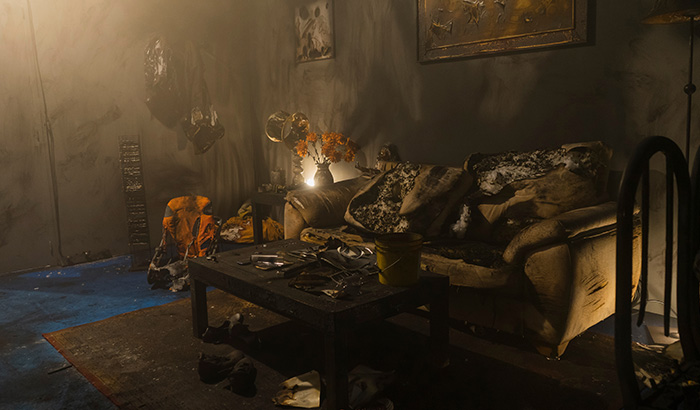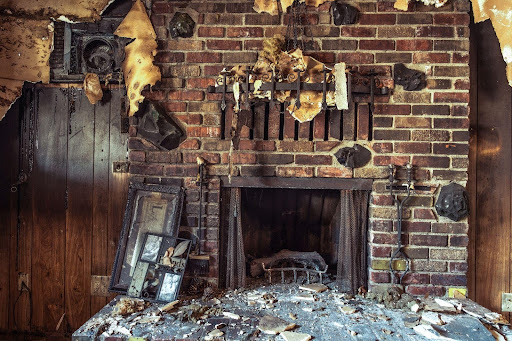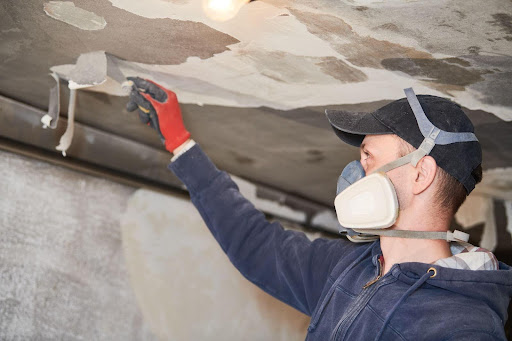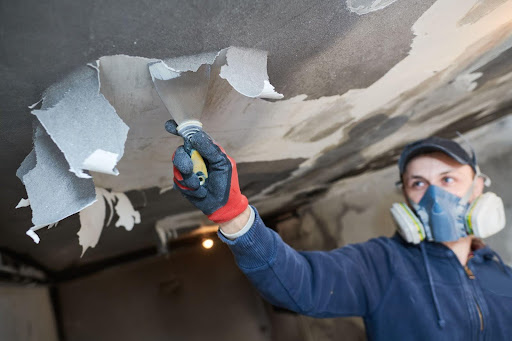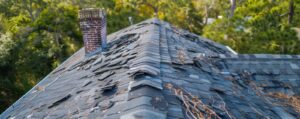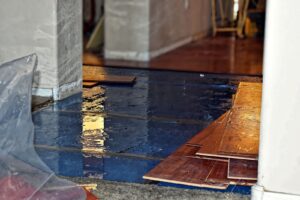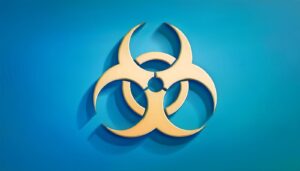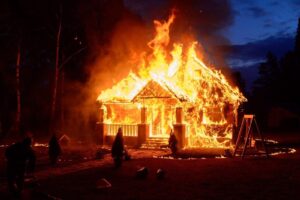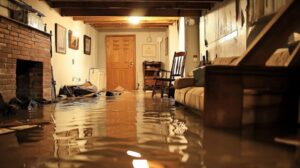Let’s face it, discovering smoke damage in your home can be a real blow. Aside from the visible soot and lingering odor, smoke’s sneaky tendrils can permeate walls, furnishings, and even precious belongings, leaving behind a trail of potential health hazards and lingering frustration.
But fear not! With the right approach, you can reclaim your smoke-stained sanctuary and restore it to its former glory.
Why address smoke damage ASAP?
Before we dive into the action plan, let’s understand why tackling smoke damage promptly is crucial. Smoke isn’t simply a cosmetic nuisance. It’s a complex cocktail of chemicals and fine particles that can wreak havoc on your health and the integrity of your home.
Soot harbors nasty respiratory irritants and allergens, while acidic residues can corrode metal and weaken building materials. Additionally, smoke damage attracts moisture, creating the perfect breeding ground for mold and mildew, further jeopardizing your indoor environment.
However, you’re not alone in this smoke-clearing journey! We’ve got you covered with the steps and information you need to reclaim your smoke-free haven.
If you encounter any challenges along the way, don’t hesitate to seek professional help from restoration specialists or your trusted insurance provider.
Step 1: Safety first — smoke-clearing
Before we even think about scrubbing away that soot, let’s talk safety. Protecting yourself and your loved ones from potential hazards is absolutely critical. So, before you grab your cleaning gloves, follow these crucial steps:
Utilities under control
This might seem obvious, but in the adrenaline rush of smoke damage, it’s easy to overlook. If the fire originated near electrical sources or gas lines, turn off the main utilities immediately. This simple step can prevent further damage, electrical shock, or even explosions.
If you’re unsure about the source or location of your utilities, err on the side of caution and call a qualified professional. Remember, safety is more important than any cleaning goals.
Structural stability check
Smoke might be sneaky, but structural damage usually isn’t. Before you start tackling the soot, take a critical look around. Cracks in walls, warped ceilings, or sagging floors could indicate compromised building integrity.
If you suspect structural damage, evacuate the area immediately and contact a structural engineer for a professional assessment. Don’t risk further injury by trying to clean up under potentially unstable structures.
Fresh air is your friend
Smoke, like a stubborn guest, loves to linger. To send it packing, open all the windows and doors wide! This creates a cross-ventilation flow that pushes out stale smoke and replaces it with fresh air.
Pro tip: If it’s safe, use fans to create a powerful air current and accelerate the smoke’s exit. Proper ventilation is your first line of defense against lingering smoke particles and their potential health risks.
Step 2: Documenting the damage — building your smoke-clearing case
So you’ve ensured safety and banished the smoke. Now, it is time to build a solid case for insurance claims and restoration estimates. This step is pivotal in protecting your rights and ensuring a smooth recovery process.
Capturing the scene with a click
Take detailed photos and videos of every affected area, showcasing the extent of the soot, stains, and any visible structural damage. Remember, close-ups are your friend. Capture specific details like cracks in walls, discoloration on ceilings, and smoke-stained furniture.
Don’t forget to photograph any salvageable belongings before you move them to a safe location. These visual records will be invaluable when dealing with insurance companies or restoration professionals.
Inventorying the smoke’s toll
Create a detailed list of your smoke-stricken belongings. Note down the type of item, brand (if applicable), and any pre-existing damage.
For valuables and sentimental pieces, take photos and include them in your inventory. This detailed record will help you track losses and ensure you receive fair compensation for damaged or lost items.
The more specific and organized your inventory is, the smoother your smoke-clearing journey will be.
Step 3: Calling the cavalry — contacting your insurance provider
Alright, you’ve documented the scene and built your case. Now it’s time to call in the reinforcements in the form of your trusty insurance provider. Don’t worry, navigating the claims process doesn’t have to be a smoke-filled labyrinth. Follow these steps, and you’ll be back on the road to recovery in no time.
Initiating the claim
Contact your insurance provider as soon as possible. Most companies have dedicated hotlines for claims, so find the number in your policy documents or website and give them a ring. The sooner you report the damage, the faster the claim process can begin.
Providing information and documentation
Be prepared to answer questions about the incident, like the cause of the smoke damage, the extent of the damage, and any safety measures you’ve taken.
Here’s where your documentation comes in handy! Share those photos, videos, and inventory lists you meticulously created. These visual aids will help your adjuster assess the damage and expedite the claim process.
Understanding coverage and deductible
Take a moment to understand your insurance policy. It’s crucial to know what types of smoke damage are covered, what limitations or exclusions might apply, and the amount of your deductible. Don’t hesitate to ask your insurance provider to clarify any confusing terms or coverage details. Knowledge is your power in the claims process.
Step 4: Cleaning & Restoration – Reclaiming Your Smoke-Free Haven
Before you even consider tackling the grime, ensure your safety. Wear gloves, a mask, and protective eyewear to shield yourself from soot particles and potential irritants. If the smoke damage is extensive, consider renting professional-grade air filtration equipment to ensure proper ventilation and prevent inhaling harmful particles.
Strike down soot
Now, let’s tackle the visible enemy: soot! For walls and hard surfaces, use a damp microfiber mop or a gentle vacuum cleaner with a HEPA filter to avoid spreading the particles. For delicate surfaces like furniture or upholstery, opt for a soft, dry cloth or consult a professional cleaning service. Harsh chemicals can set stains and damage surfaces, so stick to gentle methods.
Washable fabrics can be laundered with warm water and a gentle detergent, but remember to avoid fabric softeners as they can trap odors. For heavily damaged items or delicate materials, consider professional cleaning or restoration services.
Regarding structural repairs, always prioritize safety. If you suspect any cracks, weakened supports, or compromised building integrity, consult a qualified contractor or structural engineer for repairs. Don’t risk further damage by attempting repairs yourself.
Banish lingering odors
Keep those windows and doors open to promote maximum ventilation. Consider using fans to create a cross-breeze and accelerate the odor’s exit. For stubborn smells, natural odor neutralizers like baking soda or activated charcoal can be your allies.
For persistent odors, professional odor removal services might be necessary. Fresh air is your friend, and eliminating the source of the odor is key to long-term success.
Step 5: Calling in the Smoke-Slayers — Professional Restoration Assistance
Sometimes, even the bravest warriors need reinforcements. That’s where professional smoke damage restoration experts come in. They wield powerful tools and expertise to restore your home to its pre-smoke glory.
Here’s how they can save the day:
- Specialized equipment: They wield powerful equipment like industrial-grade air filtration units and HEPA-filtered vacuums to remove even the most stubborn soot particles and lingering odors.
- Restoration expertise: They’ve seen it all, from minor smoke stains to extensive structural damage. Their knowledge and experience ensure a thorough and efficient restoration process.
- Insurance navigation: They understand the complexities of insurance claims and can help you navigate the paperwork and negotiations with your provider.
- Peace of Mind: Let them handle the heavy lifting, so you can focus on getting back to your life.
Step 6: Building a smoke-free future — preventing future damage
You’ve conquered the soot, banished the odor, and reclaimed your smoke-free haven. Prevention is always the best smoke-clearing strategy. Here are some fire safety measures to turn your home into a smoke-free fortress:
- Smoke detectors: Make sure you have working smoke detectors in every bedroom and on every floor of your home. Test them monthly and replace batteries regularly.
- Escape plan: Have a fire escape plan and practice it with your family. Designate escape routes and meeting places outside the home.
- Flammable materials: Keep flammable materials like candles, matches, and lighters out of reach of children and away from potential ignition sources.
- Appliance maintenance: Regularly clean and maintain appliances like stoves, ovens, and dryers to prevent electrical malfunctions.
- Fire extinguishers: Have easily accessible fire extinguishers in your kitchen, garage, and other high-risk areas. Learn how to use them properly.
- Smoking restrictions: Enforce a no-smoking policy inside your home and around any flammable materials outside.
Regular maintenance and inspections are essential for preventing potential smoke hazards. Here are some valuable tips:
- Schedule professional chimney and vent cleaning annually to prevent soot and debris buildup, reducing fire risks.
- Have a qualified electrician inspect your wiring and outlets regularly to identify potential hazards.
- Regularly check your appliances for frayed cords, wear, and proper ventilation to avoid overheating.
- Ensure smoke detectors are unobstructed and away from sources of steam or dust. Test batteries monthly and replace them yearly.
- Invest in air purifiers with HEPA filters to remove lingering smoke particles and pollutants from indoor air.
Incorporating these safety measures and maintenance routines into your life can proactively protect your home from smoke damage, making it safer for you and your loved ones. Prevention is easier than cleanup, and a little vigilance goes a long way in maintaining a smoke-free environment.
Total Flood & Fire Restoration is here to help!
Having a trusted partner to help you restore your home after smoke damage is invaluable. Total Flood & Fire Restoration is a team of experienced professionals who understand the nuances of smoke damage and will work tirelessly to bring your home back to its former glory.
With cutting-edge equipment and a commitment to customer satisfaction, Total Flood & Fire Restoration is your go-to choice for smoke damage restoration. Don’t hesitate to reach out to us anytime for expert assistance and peace of mind.
Your home deserves nothing but the best, and Total Flood & Fire Restoration is here to deliver it.

